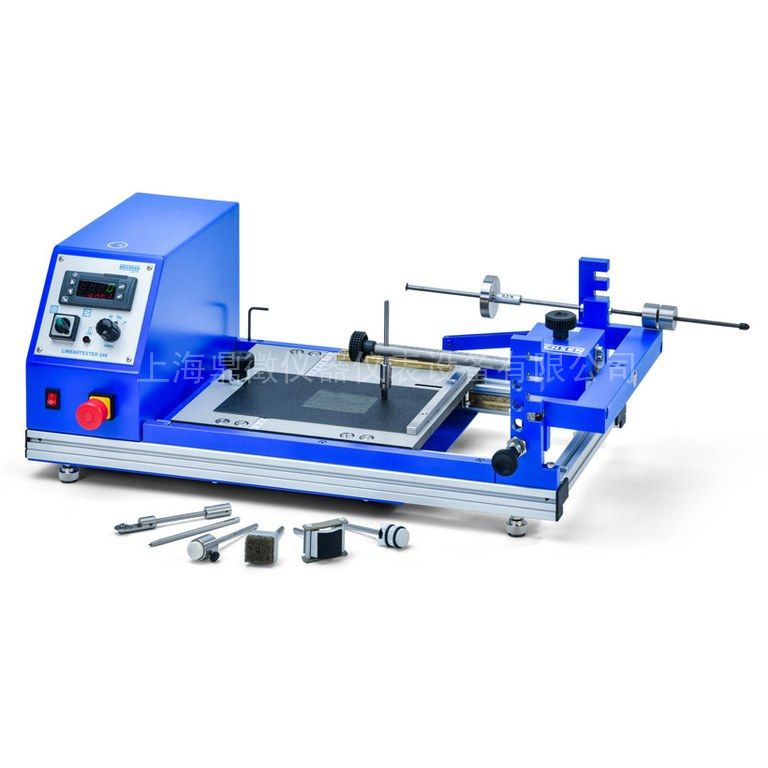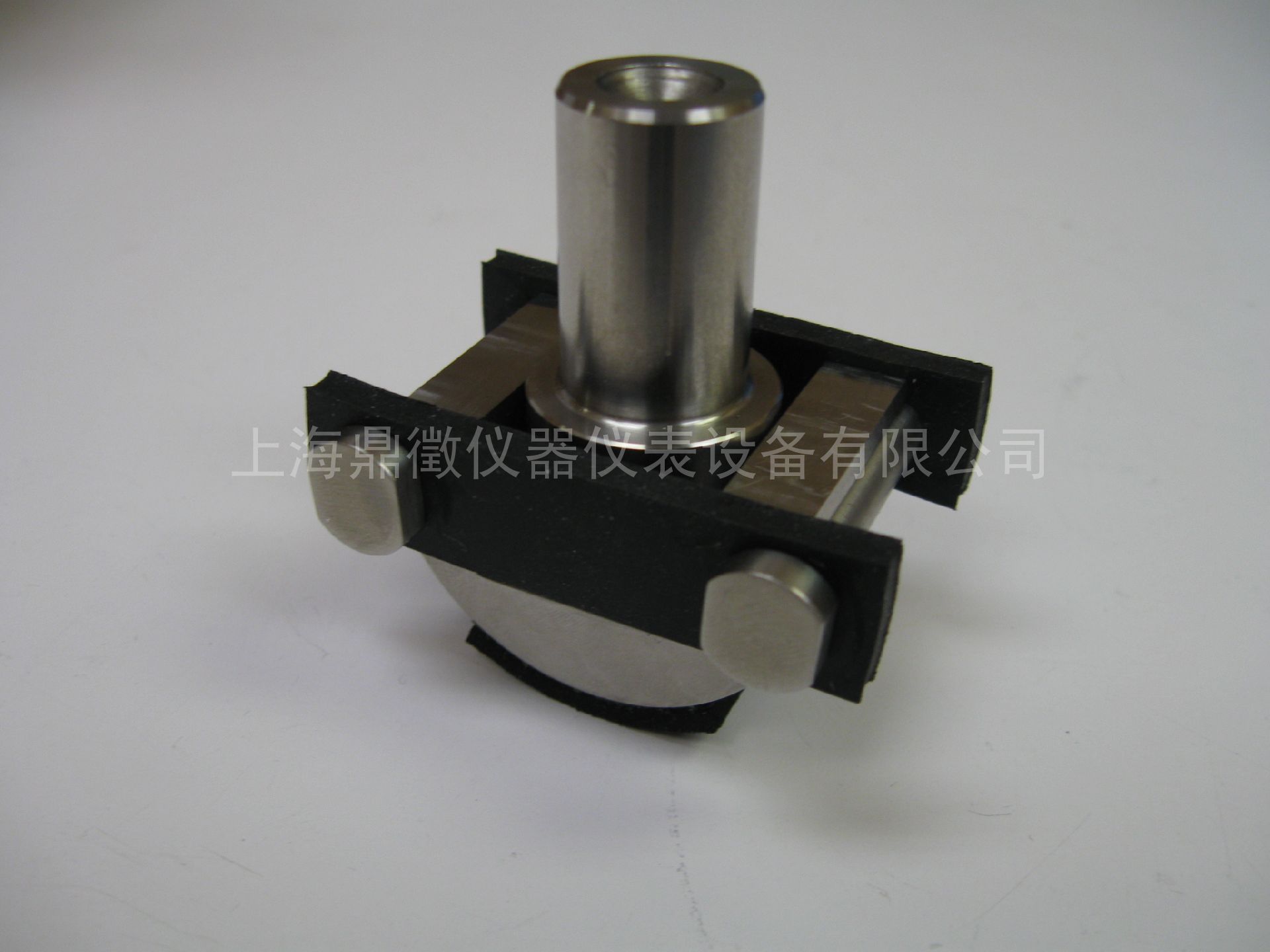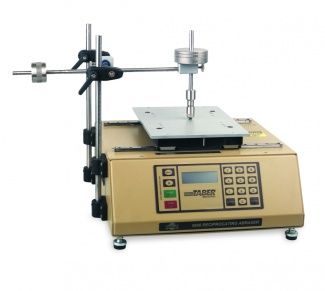PV3987 Scrub Resisitance(Micro-Scrach Resistance)of High-Gloss Surfaces in the Vehicle interrior
时间:2021-03-09 阅读:1396
上海鼎徵仪器仪表设备有限公司
满足大众PV3987高光耐磨试验标准会用到我公司代理的 BYK4563光泽度仪,德国Erichsen249耐磨仪、美国taber5900往复式耐磨试验机 Rubbing adapter C 刮擦头
Scrub Resisitance(Micro-Scrach Resistance)of High-Gloss Surfaces in the Vehicle interrior

Preface
This satandard supersedes the “Audi AG Provisional Test Specification”and Test Specification PV3975(“Matindale Scrub Resistance”)
Previous issues
PV3987:2016-08
Changes
The folloowing changes have been made to PV3987:2016-08
- section 3.1“Test equipment”:exanple changed
1 Scope
This PV describes a method for testing the micro-Scratch resistance and scrub resistance on high-gloss surfaces
A surface is referres to as high-glossy if the gloss level measurement at an angle of 60° is >70GU。Further gloss level measurements are performed with a measuring angle of 20°
This test method is suitable for determining the properties of uncoated (Eg PA PMMA)and coat-ed high-gloss surfaces (eg paint ,in-mold decoration(IMD),in-mold labeling(IML))when they are exposed to low-force friction loads。The load is roughly equivalent to that of the cleaning process the test must be performed on plane surfaces
The test determines the relative chang in gloss that is generated by rubbing/Scrubbing with polishing paper on the high-gloss surface
2 Designation
Scrub resistance (Micro-scratch resistabce)as per PV3987
3 Testing
3.1 Test equipment
| Test equipment | Crochmeter as per DIN EN ISO105-X12 or a different testing device with which the required test conditions can be set(testing force 9N,Testing path:104±3mm) |
| Test head | Rubbing adapter C as per DIN55654 (see figure1) |
| Test equipment/rubbing medium | Rolishing paper as per DIN55654:Abrasive grain made of aluminum oxide,semi-open coat density of grain,grain 5um,bonding of grain with full synthetic resin on flexible ,extruded PES film (eg 3M261X) Cut the polishing paper to an exact width of 25mm and a minimum length of 75mm |
| Gloss measuring device | Measure the gloss level using a reflectometer (as per DIN EN ISO 2813) at angle of 20° |

3.2 Specimen preparation
A minimum Specimen size of 150mmx100mm is required to perfprm the test
Conditioning
There must be at least 7 days between specimen preparation and testing
For conditioning ,plan for 45h in a standard atmosphere as per VW50554-23/50-2 condition hydrophilic materials(eg polyamides)for 7 days in a standard atmosphere
Specimen preparation
Clean the specimen gently under luder lukewarm running water using only your wet hand
A mild laboratory flushing agent that does not leave a greasy residue can be used as a cleaning agent
The surfaces to be tested must not be damaged as a result of cleaning
Then rinse the specimen thoroughly with clear water
Dry the specimen by blowing it off with oil-free compressed air
After cleaning,condition hydrophilic materrials once again for 24h in a standard atmosphere
3.3 Test procedure
1 condition (see section3.2)
2 clean (see section3.2,for hydrophilic materials ,repeat conditioning if necessary)
3 Meassure the gloss level befor scratching,Measure the gloss level at a measuring angle of 20°
4 Rub/Scratch:Befeor each rubbing process,Clamp in a new rubbing medium。One rubbing
Process comprise 5 double strokes。Rub with a load of 9N。If the rubbed track is not uniform
(streaky spotted),perform a repeat test
5 After rubbing,store the specimens at room temperature for 24h
6 Measure the gloss level on the track 。Align the gloss measuring device in such a way
That themeasuring direction is 90° relative to the rubbing direction。Make sure that the measuring hole of the gloss measuring device rests on the rubbed surface。Do not measure the first and last 10mm of the rubbed track。
3.4 Evaluation/assessment
Determine the scrub resistance as a relative change in gloss level(%)with respect to the initial
Gloss level。The measuring angle is 20°
Calculate the relative change in gloss level as follow:
(initial gloss level - gloss level after rubbing)x 100 / initial gloss level

4 Applicable documents
The following documents cited in this standard are necessary to its application
Some of the cited documents are translations from the German original。The translations of German terms in such documents may differ from those used in this stand,resulting in terminologocal inconsistency
